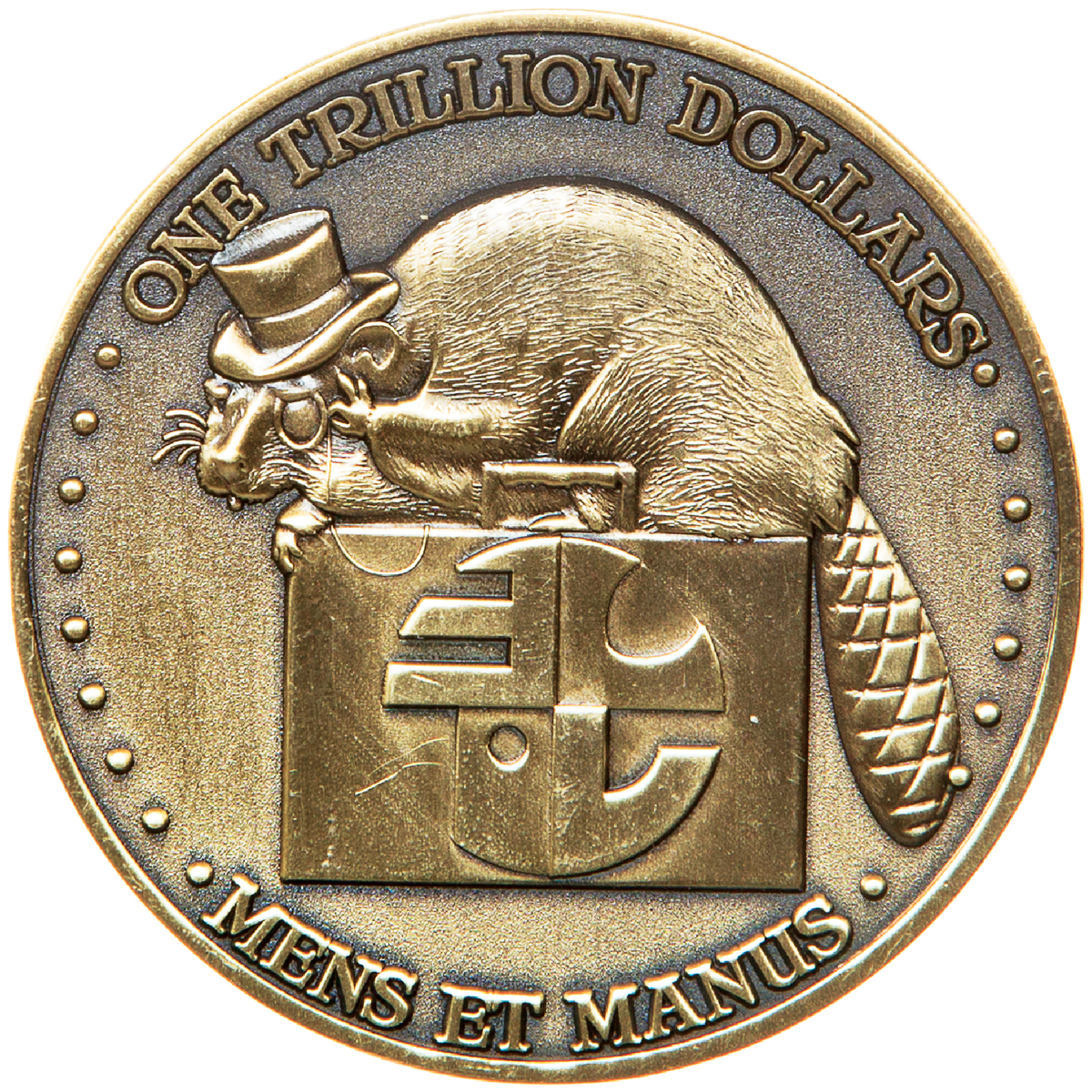The Thrill of MIT’s Mystery Hunt

Eye on the Prize: The first Mystery Hunt led participants to a hidden Indian-head penny. These days, the form of the “coin” varies each year. In 2013 it sported the MIT beaver; in 2006 it wasn’t a coin at all but a snow globe. (Photograph by Scott M. Lacey)
All year, Erin Rhode and her 100-plus-person team of engineers, computer scientists, and assorted nerds have worked to assemble the most adamantine and esoteric puzzles they can imagine. On Martin Luther King Day weekend, a couple thousand of the world’s smartest people will descend on Cambridge to try to solve them.
MIT’s Mystery Hunt is perhaps the world’s most challenging puzzle hunt, a multiday contest of knowledge, intellect, and ingenuity. Invented in 1981 by a Ph.D. student named Brad Schaefer, the contest has since taken on a life of its own, each year drawing participants from around the world.
Most puzzles come with instructions. Mystery Hunt puzzles do not. A list of numbers might turn out to be knitting instructions encoding an obsolete programming language that, in turn, spits out a riddle. Ultimately, each puzzle is a kind of reverse-engineered telepathy, a way of re-creating a particular series of ideas in another person’s brain.
“There’s an adrenaline rush when you’re solving,” says Rhode, a 32-year-old software engineer who graduated from MIT in 2004. The trick to puzzle-writing is to make the challenge difficult enough to stump, but not so difficult that it can’t be cracked.
“Writing puzzles is like playing a game you want to lose,” Rhode says. “The ‘aha’ moment is the key, and the key to writing puzzles is to come up with a good ‘aha’ moment that people will feel is satisfying.”
Last year’s Mystery Hunt was the longest and the most grueling in the hunt’s history, and not by design. Each year, the winning team gets to write the next year’s hunt, but the 2012 winners had made their puzzles a little too impenetrable, like dominoes set up too far apart to go down in a straight line.
Rhode and her team began to realize something was wrong when they hadn’t completed the first round by Saturday. Then they discovered they were actually in first place. There was nothing to do, Rhode recalls, but “readjust sleep schedules and prepare for the long haul.”
Most hunts wrap up by Sunday morning. Rhode and her team slogged to the finish at 3:18 p.m. on Monday. About 75 of them crowded into a small classroom to solve the last challenge. They’d been awake for the better part of four days, subsisting on junk food, sleeping in shifts, and skipping showers. Rhode could barely stay awake. But dimly, through her fatigue, she was elated.
Of course, winning also meant they had a year’s hard work ahead of them, designing the 2014 hunt. Rhode was unanimously voted in charge. “It’s been like having a second full-time job,” she says, laughing. “That I don’t get paid for.”
If all goes as planned, though, she’ll be able to take pride in seeing people solve the puzzles she helped design. “You get almost an equivalent high watching other people get the ‘aha,’” she says. “You’re like, ‘All right! They figured it out!’”

